What are the most important elements of any horror gaming experience? Well executed scares are a must, as are terrifying monsters and haunting sound design. While these elements are essential, to be sure, the glue that holds together any successful horror experience is the setting within which these scares take place.
A good horror setting should make the player expect danger at every turn, but be curious enough to continue exploring. Be they haunted manors, abandoned spaceships, or cursed towns, horror games have a wide range of iconic, and terrifying, locales to explore. After all, if a game can't scare players with its setting, how can it expect to scare them with its monsters?
10 The Crater (Subnautica)
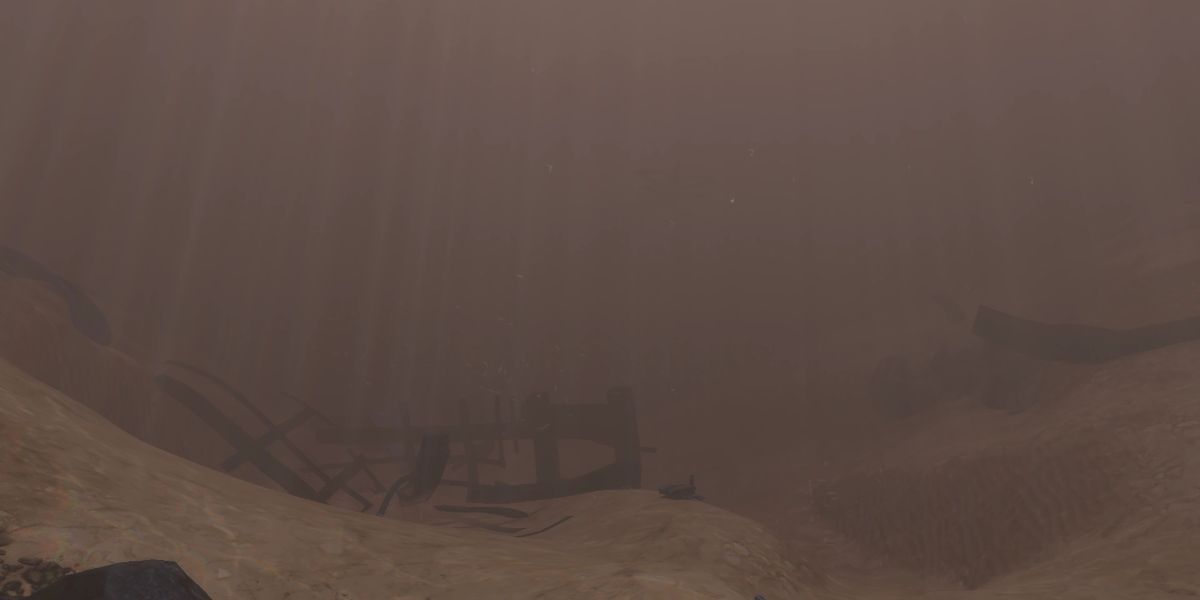
Subnautica isn't technically a horror game per se, but anybody who claims they made it through the game without being scared witless a couple of times is telling a bald-faced lie. Despite its bright color palette and stylized art direction, Subnautica regularly manages to conjure up scenarios of pure panic, particularly among the thalassophobic.
That's largely due to the Crater, the game's setting. The waters of the crater go deep, very deep, and they're populated by vicious sea beasts that are bigger, faster, and hungrier than the player is. Staring into a murky abyss with the knowledge that danger could come from any direction seems to conjure up lizard brain terror in ways that few games are capable of.
9 The Chernobyl Exclusion Zone (The S.T.A.L.K.E.R. Games)
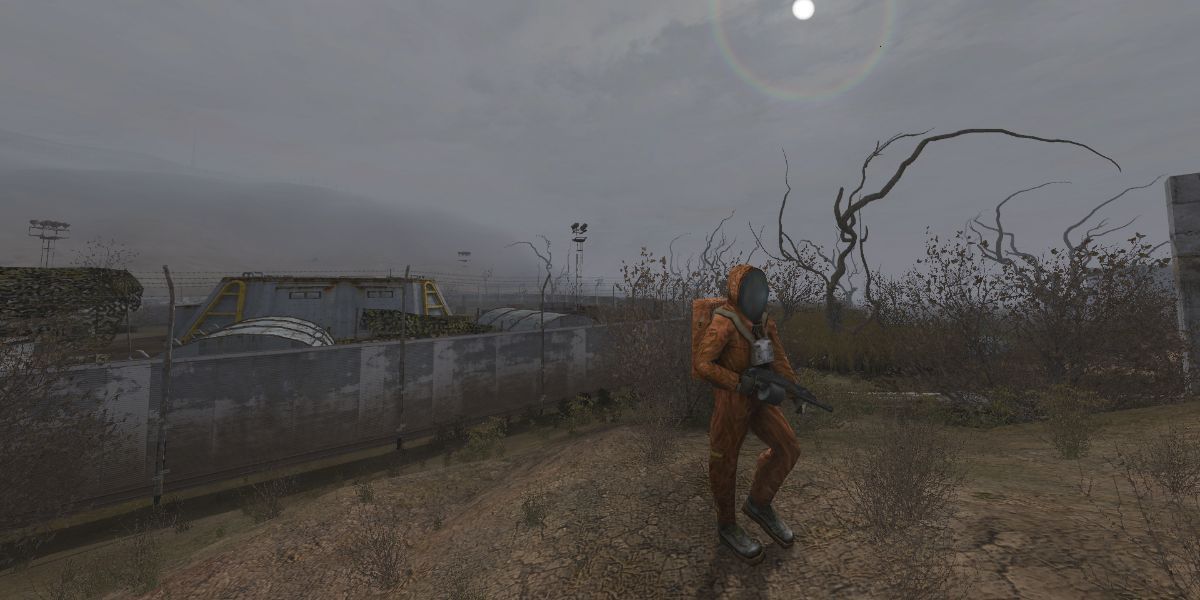
The gloomy Soviet vibes of the Zone are an enormous part of why the S.T.A.L.K.E.R. franchise works as well as it does. A player is intensely immersed as they trudge through the rainy, irradiated wasteland that makes up the game's setting, scavenging supplies and other resources as they go.
It doesn't help that in the tall grass or under the water there are grotesque mutants that want to eat the player. The grim atmosphere and survival struggles contrast excellently with the moments of respite that campfires provide, making the Zone feel like a richly detailed and atmospheric setting to explore and be scared in.
8 The Small Town (Pathologic)
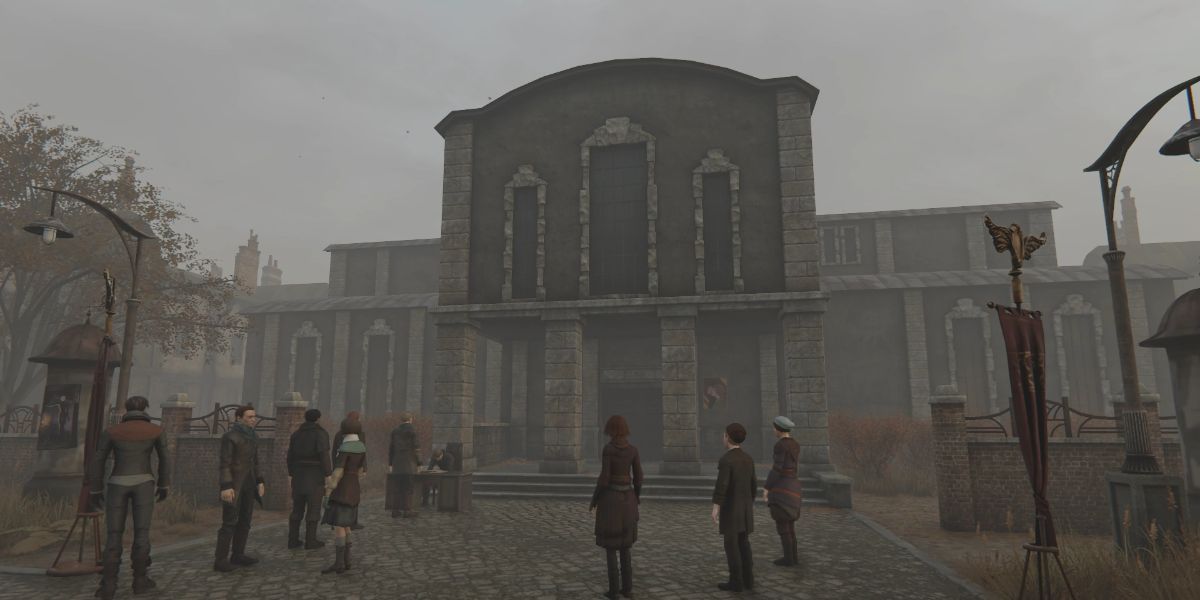
Pathologic, a cult classic survival horror title from 2005, sees a player struggling to survive as they attempt to uncover the mysteries behind a dying town. An otherworldly plague seems to be choking the life out of the city itself, and it's the objective of the player to find out how to stop it -- if they can stay alive, that is.
Pathologic's town is memorable not just for being scary, but for being poignantly sad as well -- this town is fading, and the residents know it. The setting, assisted by some deliberately obtuse game design, helps to bewilder the player, aiming for a sense of confusion, hopelessness, and despair.
7 The Forest (Darkwood)
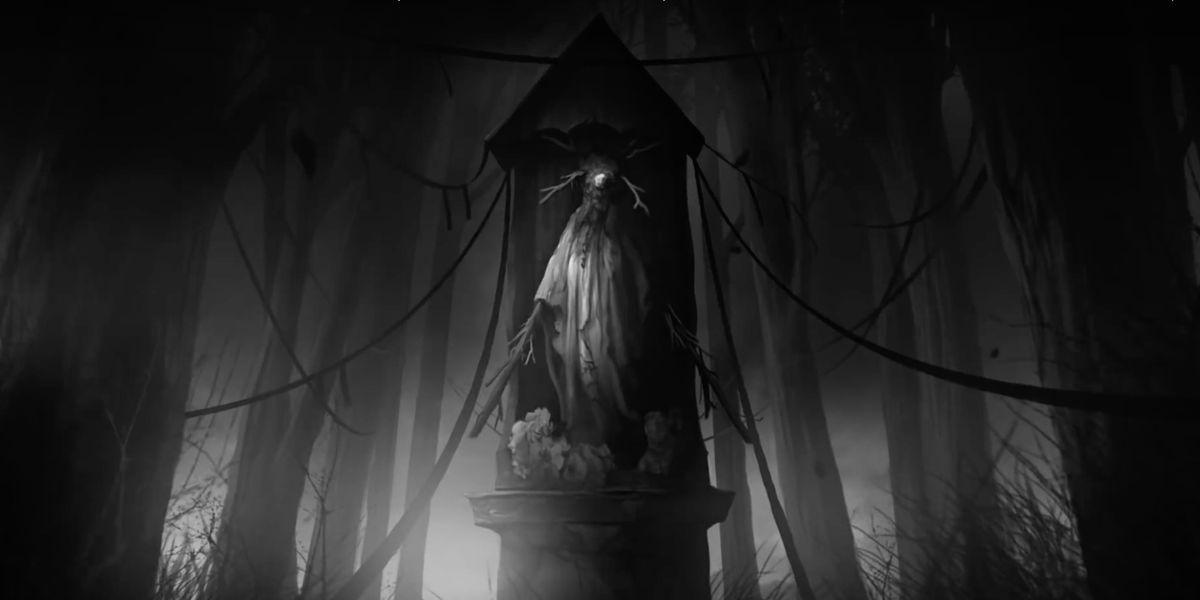
Darkwood is an excellent, but somewhat obscure horror title, that fans would do well not to overlook. While some hardened fans of the genre might scoff at the idea of a top-down game being scary, those who do take a chance on Darkwood will find that its setting makes it one of the scariest games in recent memory.
The woods are alive in this game, and they change people. Even during the day, they obscure much of the player's view, concealing threats between their branches. At night, they blanket the game world in complete darkness, and the player has to hope that they have the shelter and supplies to make it through the night.
6 The Baker House (Resident Evil 7)
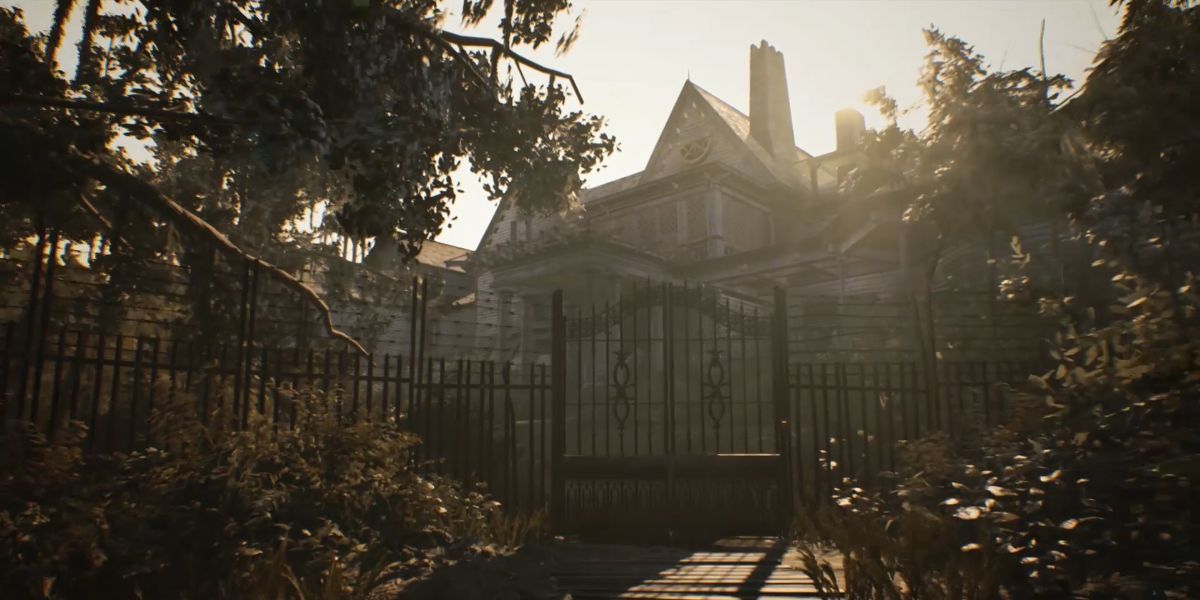
The Baker House is where the player spends most of their time in Resident Evil 7. A spooky Louisiana estate inspired in equal parts by The Texas Chain Saw Massacre and Evil Dead (two movies you should watch if you like Resident Evil, by the way), this creaking ramshackle house is among the scariest locales in the venerable horror franchise.
Indeed, The Texas Chain Saw Massacre comparisons are apt, and not just because of the many chainsaws featured in the game. Resident Evil 7 scares players with TCM's familiar rural grime. This house is falling apart and forgotten, but it also hides a terrifying malevolence.
5 The USG Ishimura (Dead Space)
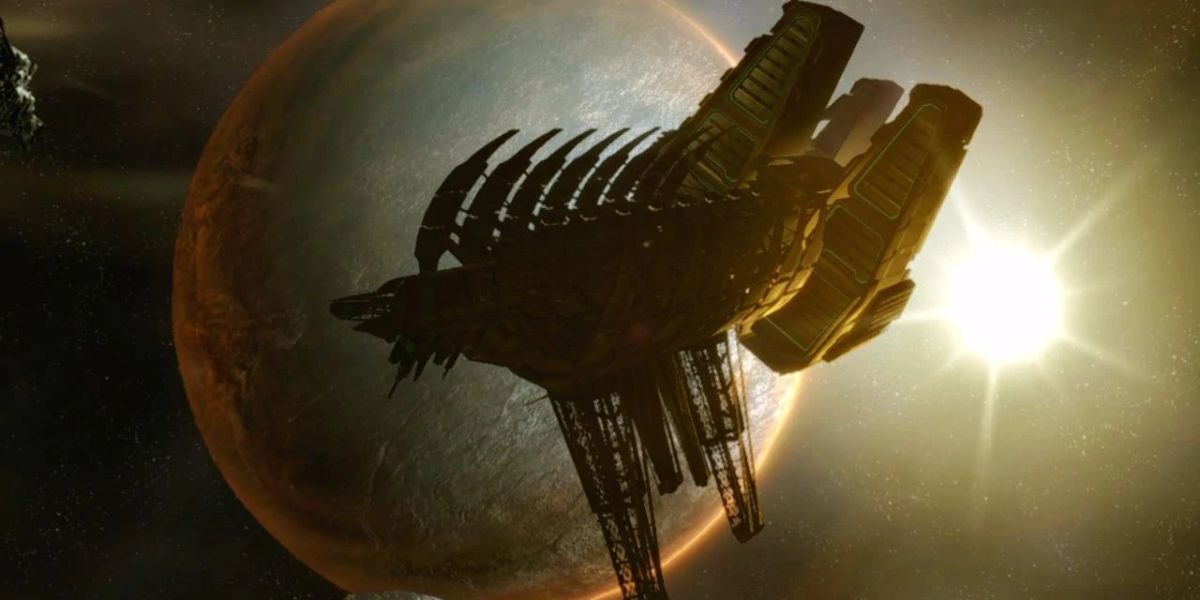
The USG Ishimura is a planet cracker class vessel featured in the original Dead Space. This rusting industrial hulk perfectly channels the classics of sci-fi horror like Alien and establishes an unforgettable atmosphere for the Dead Space players.
Damp metallic corridors and exhaust vents gasping for air suggest an old, worn-out machine. It feels like a plausible vision of where the people of the future might live and work, which makes it all the more terrifying when this richly detailed vessel becomes the home of the game's freakish Necromorphs. The game is getting a remake soon, too, so slapping a fresh coat of paint on this classic setting is an excellent opportunity to improve on the original Dead Space experience.
4 The Spencer Manor (Resident Evil)
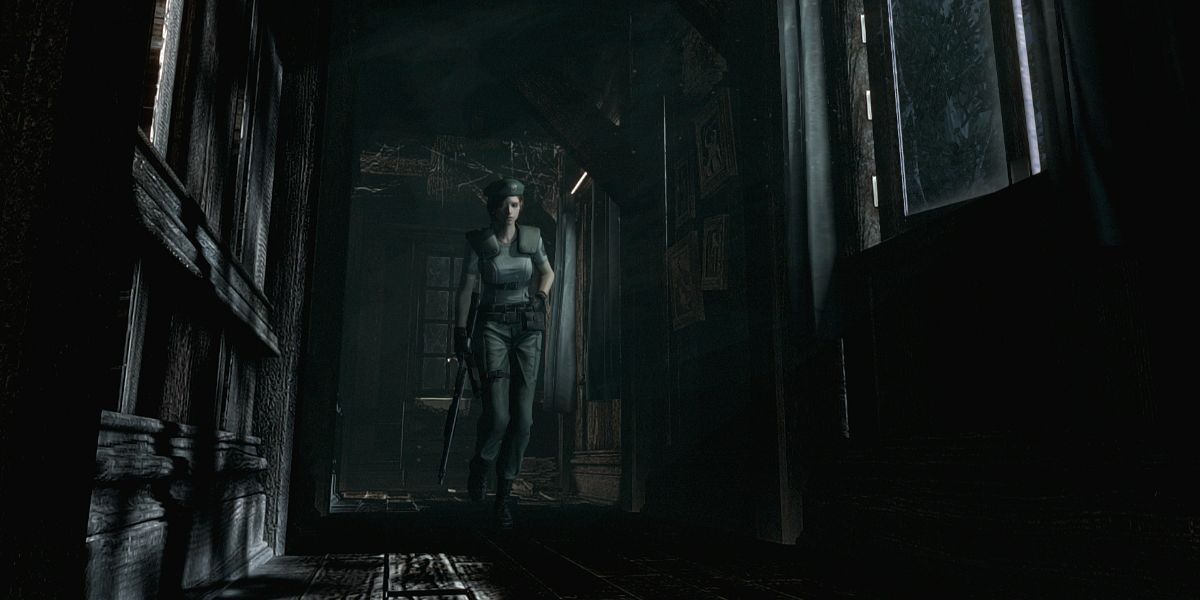
The Spencer Manor is the spooky mansion that, more than any other, is responsible for where horror games are today. Featured in the game that effectively started it all -- 1996's Resident Evil -- the Manor terrified gamers of the day with its long, dark hallways filled with danger. The original Resident Evil is loaded with small details that encourage replays and make the house feel alive.
While the foundations of the manor were well established in the original, it's the 2002 remake of the same name that truly lets it shine in all its spooky glory. The fixed camera is deployed to perfection, creating a classic horror movie vibe, and the creaks and groans of the manor give it that quintessential haunted house atmosphere.
3 Sevastopol Station (Alien: Isolation)
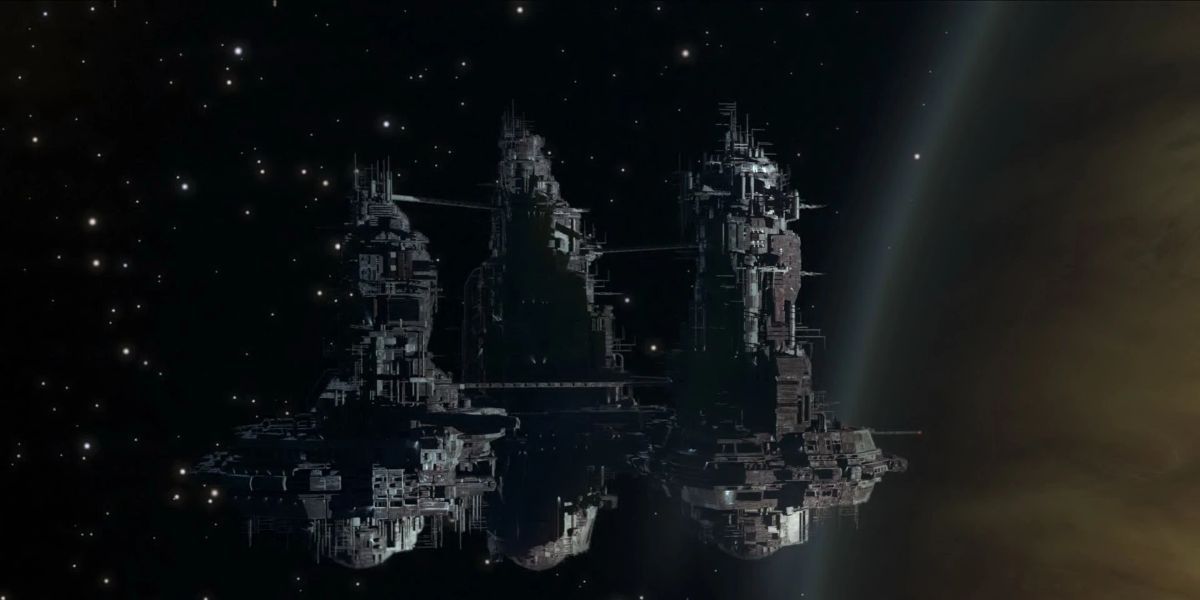
The 1979 classic Alien is one of the best sci-fi horror films of the 1970s, and its influence can be felt throughout the subgenre, not just on account of its titular alien beast, but its fantastic sense of setting and production design as well. The Nostromo, the ship featured in the original film, felt unsettlingly real, lending an intense sense of believability to the plot.
Although the Alien franchise has inspired many video games, it's 2014's Alien: Isolation that truly understands what made the film's setting work as well as it did. The Sevastopol, the station where Isolation's events take place, is a near-perfect reinterpretation of the film's clunky industrial aesthetic, and the horror that came with it.
2 Yharnam (Bloodborne)
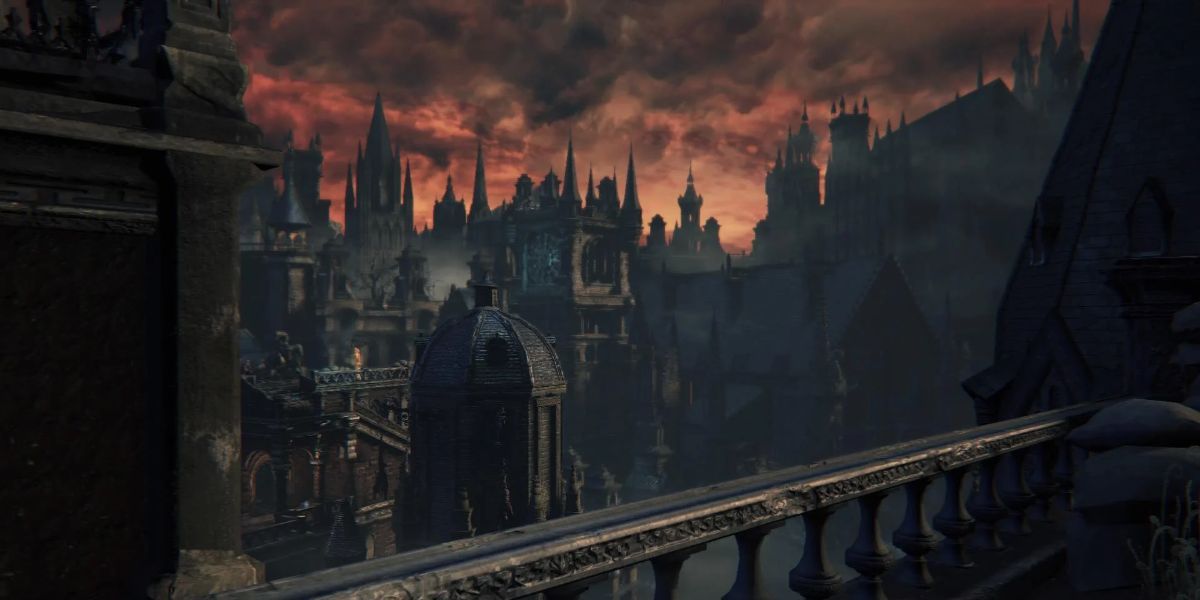
FromSoftware's hit action RPG, Bloodborne, has strong horror DNA. Although the Souls franchise has always flirted with horror, Bloodborne takes a bigger step in that direction than its predecessors have. The game's setting, the city of Yharnam, absolutely oozes a menacing gothic atmosphere.
Spires and archways stretch into the moonlit sky, resembling the teeth of some enormous beast. The dark aesthetics combined with the impressive architectural design help make this sprawling city one of FromSoft's most engaging settings, as well as among the studio's scariest.
1 Silent Hill (Silent Hill)
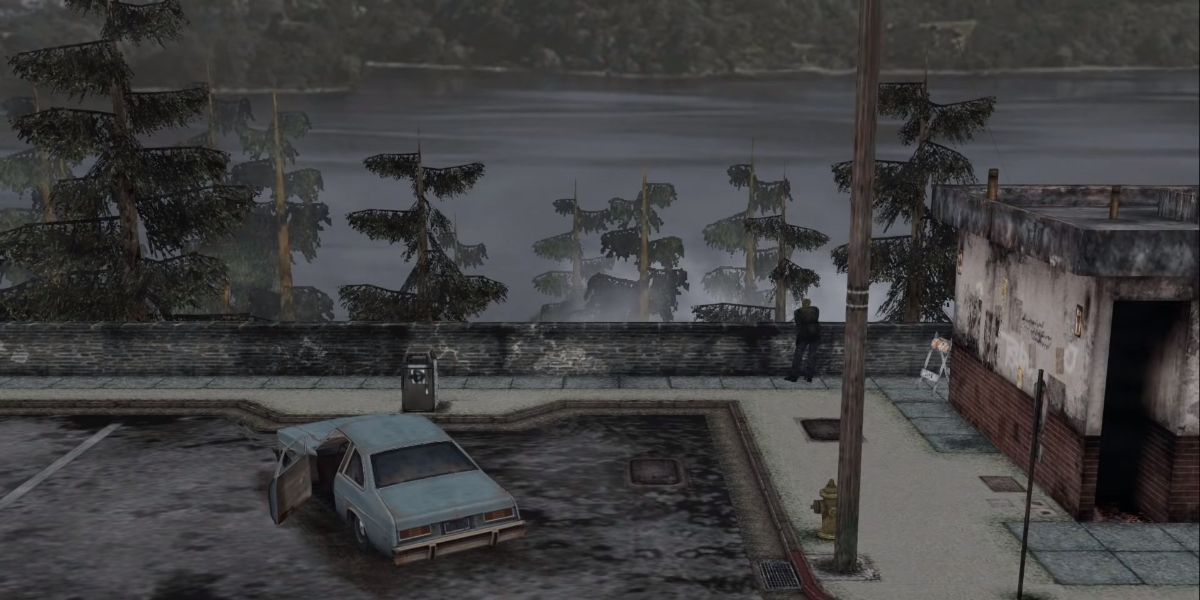
The titular town featured in the Silent Hill franchise needs little in the way of introduction. This iconic, cursed city is a huge part of the reason why the Silent Hill games have remained so enduringly scary. The town defies reality itself, its true nature forever obscured by a thick layer of otherworldly fog.
Perhaps the scariest thing about Silent Hill is that the town can appear how it wants to appear. The town will be different things to different people, which is reflected across its many appearances in the series. This sort of surrealist, psychological horror helped make Silent Hill into one of the most influential horror games of all time, and that influence is very well deserved.
https://ift.tt/2XMzK4k
September 24, 2021 at 02:00AM




